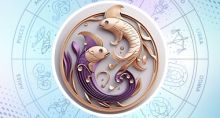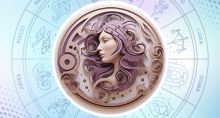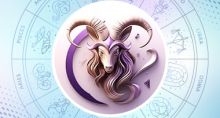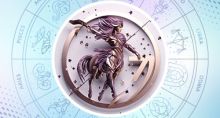Sathabhishekam (80th Birthday Pooja)
Sathabishekam is an auspicious Hindu celebration that marks a person’s life journey spanning 1000 lunar months. It is celebrated when they complete 80 years.
Usually, the children, younger siblings, or other relatives organize the Homam for the man celebrating the completion of his 80th birthday and his spouse. It is a very important occasion in Hindu culture and traditions.
A man’s full life is supposedly 120 years. There are many stages during this journey, and some are regarded as auspicious. When a man reaches one of these major stages or milestones, Shantikarya is performed.
Sixty years is the mid-point and many Hindus celebrate Shashthiyabdapoorti on this occasion with a traditional Vedic ceremony. When one completes 70 years, it is ‘Saptathi, and if it’s 90 years, it’s Navathi. Shantikaryas like Ugraratha Shanti, Vijayaratha Shanti, Bhimaratha Shanti/Sahasrachandra Darshan Shanti, and Shatamanotsav are performed at the ages of 60, 75, 80, and 100, respectively.
The belief is that celebrating these milestones brings divine blessings, good health, happiness, and longevity.
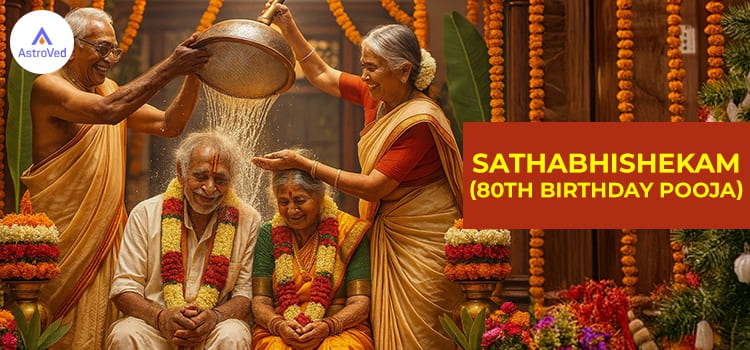
Sathabhishekam Pooja
Sathabhishekam Pooja includes the worship of Griha Devatas and deities like Ganapati, Lakshmi Narayana, Shiva, Parvati, and others. People also worship Ishta Devatas (favorite deities) like Guru Raghavendra Swamy, Shirdi Sai Baba, Dattatreya, etc. Rituals like Sankalpam, Punyaha Vachanam, Kalasha Sthapanam, Ganapati Pooja, Devatarchana, Homam, etc., are performed to invoke divine grace for the couple.
Often, astrologers recommend rituals like Ayush Homa, Mrityunjaya Homa, Dhanvantari homa, Nakshatra Homa, and Pavamana Sukta Homa. Some perform nine different Homams.
Kalashabhishekam, Mangala Snanam, Mangalya-dhaaranam, and other traditional practices are also carried out.
Sathabishekam has both spiritual and cultural significance.
Spiritual Significance of Sathabishekam
Sathabhishekam symbolizes the fact that a man has completed his duties towards his family.
It is also an augury of joy and blessings to come in the years ahead.
The belief is that the ceremony enables spiritual growth and invokes divine blessings for good health and happiness.
Cultural Significance of Sathabishekam
This major event takes place when a person begins their 81st year. The ceremony includes many Homams, each of which has a specific purpose, like invoking divine blessings for a long life, good health, prosperity, etc. People believe that the ceremony can ensure the well-being and happiness of the couple in the years to come.
The Sathabishekam brings together family and friends, as it is a major event in one’s life. The ceremony begins with a Pooja to the Kula Devata (family deity), followed by various fire rituals/Homams:
- Ganapati
- Lakshmi
- Amurtha Mrityunjeyar
- Ayush
- Dhanvantri
- Kalasabhisheka
After these rituals, the couple exchanges garlands.
In some traditions, the ceremony also includes the Mangalya Dharana (Mangalsutra/Thaali). After the couple exchanges garlands, the pandits offer them Maha Prasad, which indicates the ceremony's end and the receipt of divine blessings.
Sathabishekam Ceremony
The ceremony has 3 main parts. Each part has its own significance and rituals. Let us examine what they are.
Initiation Rituals
The ceremony begins with the worship of deities like Lord Lakshmi Narayan, Lord Shiva, and Goddess Parvati. Each ritual elevates the sanctity of the main ceremony. Sankalpam, Punyaha vachanam, Kalasha Sthapanam, and Homam are some of the key initiation rituals. After these are completed, the main rituals begin.
Main Rituals
The Sathabhishekam ceremony consists of several significant rituals, each with profound spiritual meaning. Beginning with prayers to the family deity, the ceremony includes nine Homams. These Homams are for deities like Ganapathy, Lakshmi, Amrutha Mrityunjeyar, Ayush, and Dhanvantri. When the Homams are complete, the couple takes part in a ritual called Kalasa Abishekam and exchange garlands. Some also tie the Thaali/Mangalyam. With the conclusion of the ceremony, the couple is now regarded as Shiva and Parvati, and they bless everyone present. This is integral to the celebration because it can bestow good karma to those who receive the blessing of a person who is 80 or 80 plus years old.
The couple’s journey towards Moksha begins at this point, as they have fulfilled all their responsibilities toward their family and community, and it is time for them to focus more on spiritual matters.
When to Perform Sathabhishekam?
Sathabhishekam is usually performed on the Nakshatra birthday of the Tamil birth month when the individual’s 81st year starts or when the 80th year is completed.
Benefits of Sathabhishekam
- Boosts one’s spirituality
- Brings divine blessings
- Helps one attain Moksha
- Eliminates all sins and bad karma that might affect them or future generations
- Unites the family
- Inspires the younger generation
- Bestows happiness and longevity
Conclusion
Sathabhishekam is performed to mark a significant milestone in life – 8 decades of life. At this stage, it is time to express thanksgiving to god for a life well-lived and invoke divine blessings for good health, happiness, longevity, and spiritual growth in the remaining years of life.










